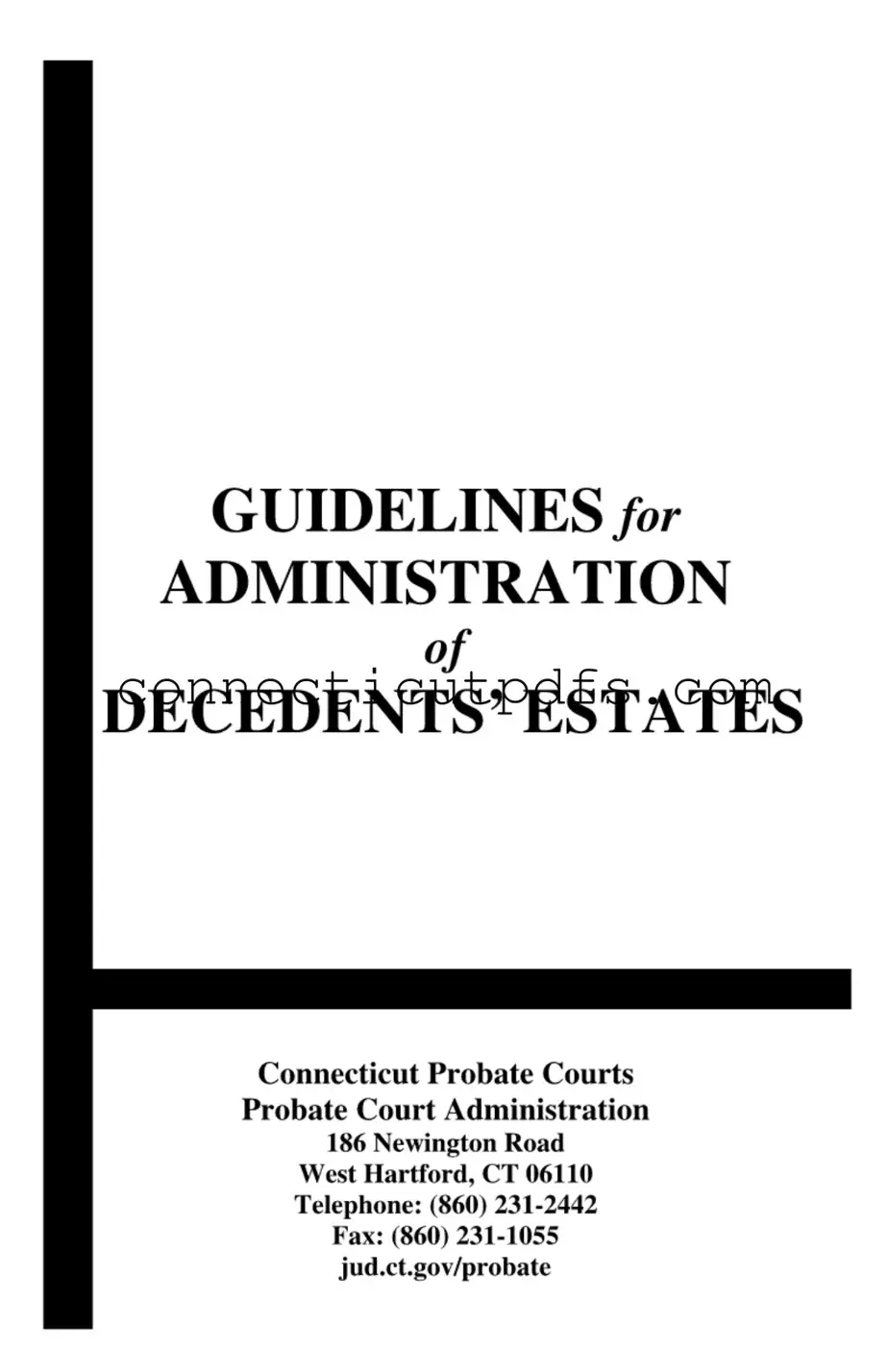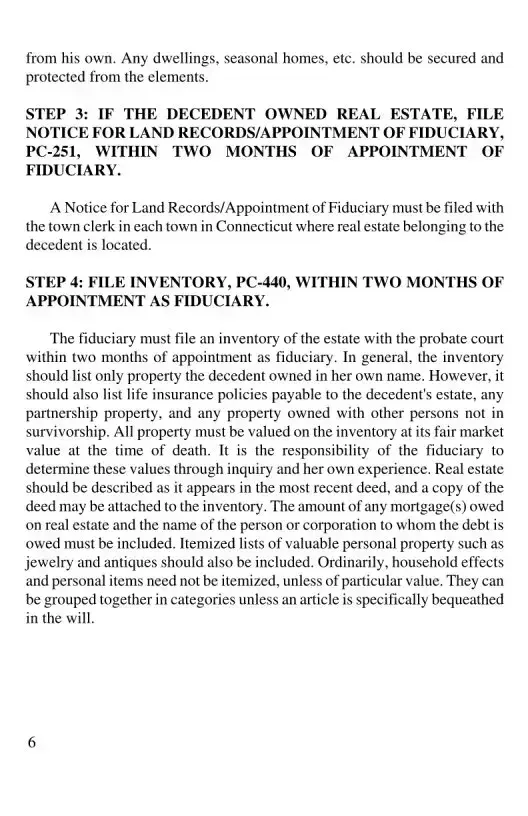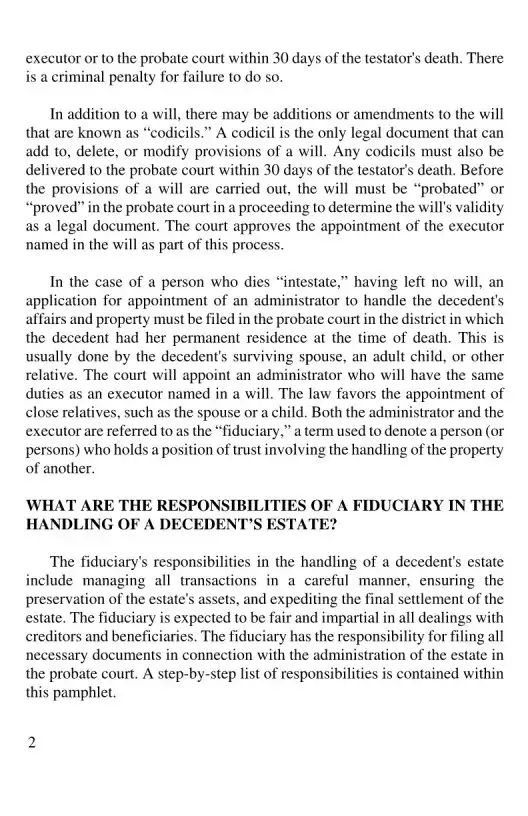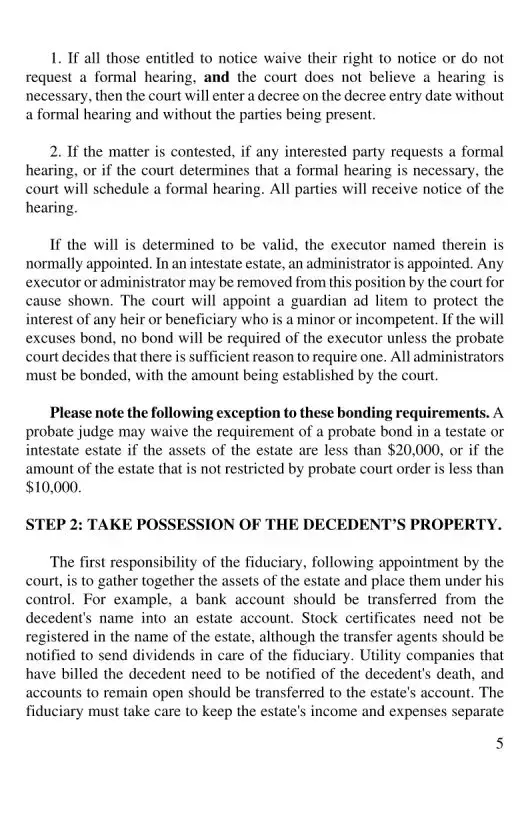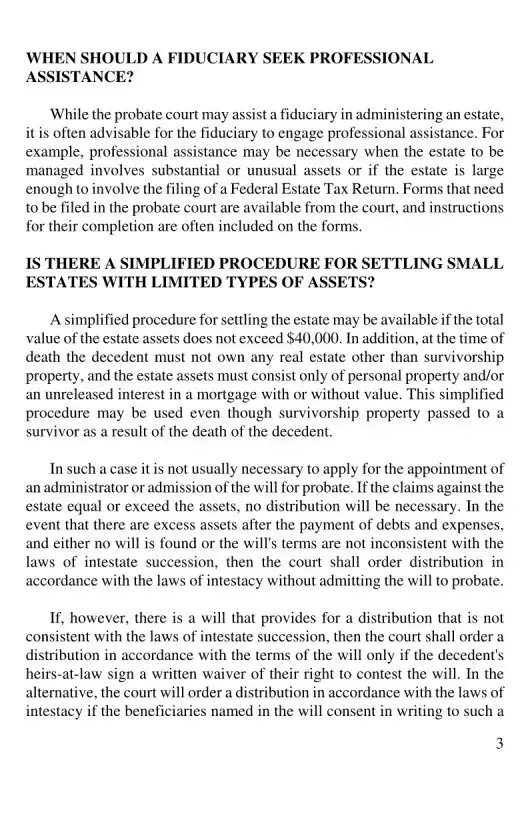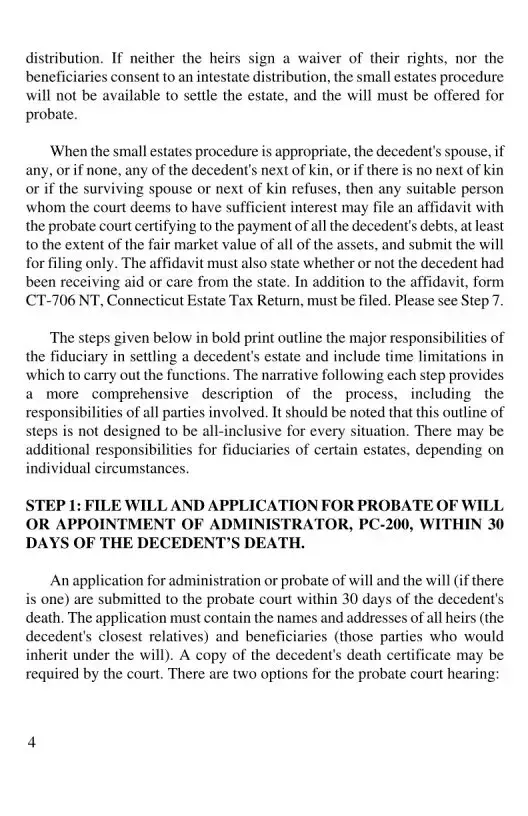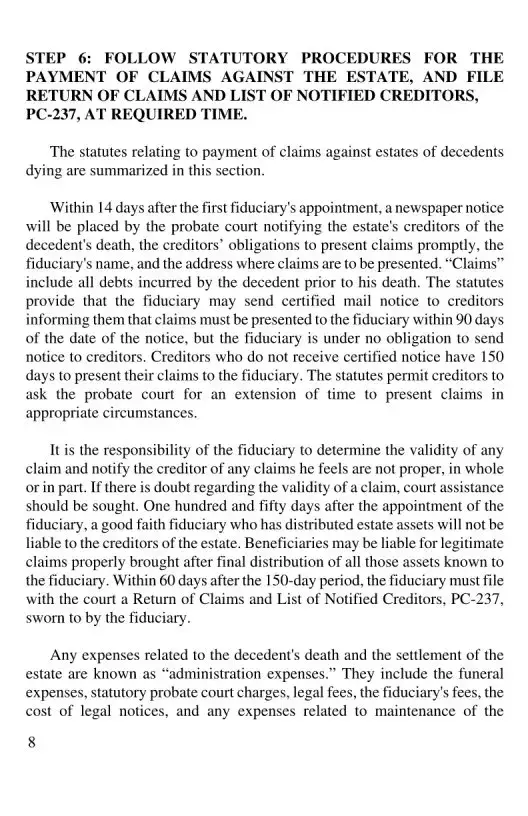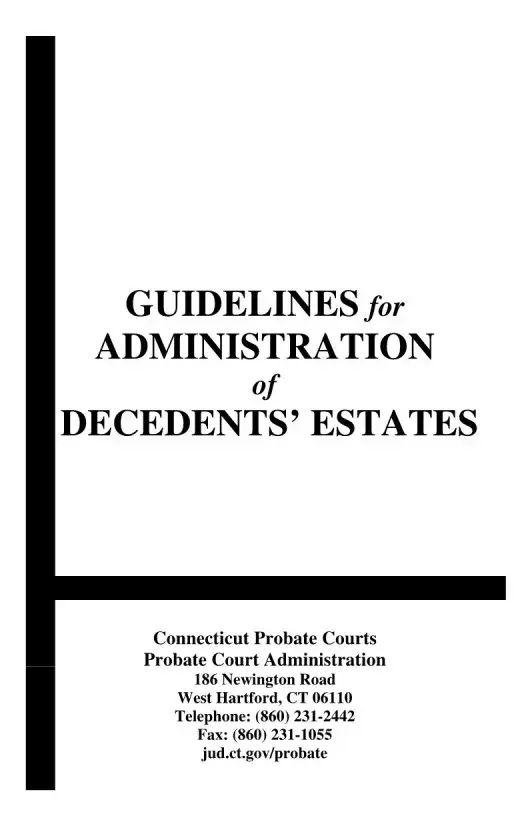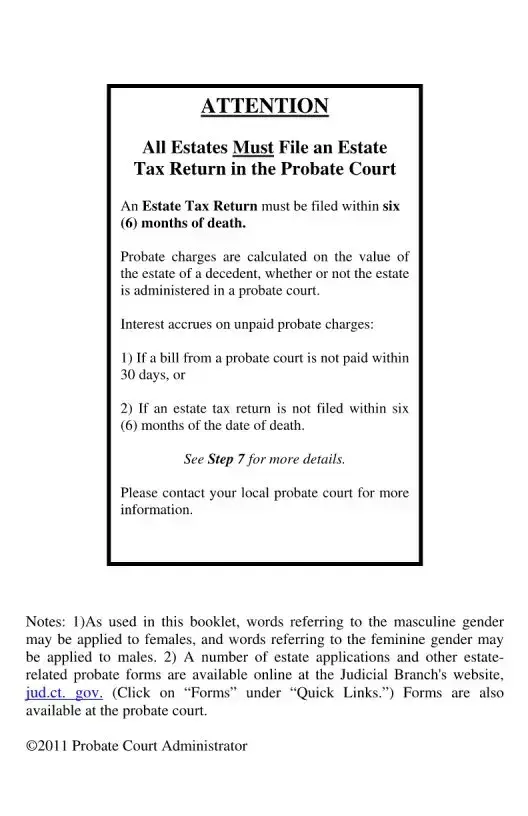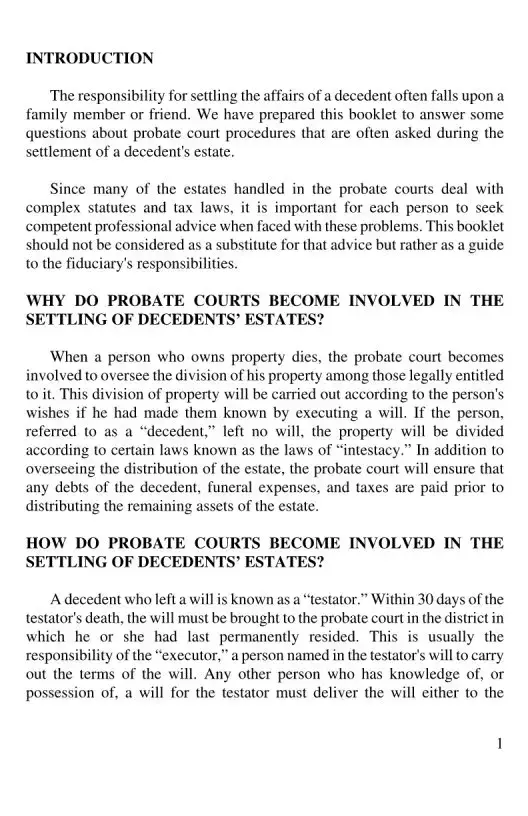What is the purpose of the Connecticut Probate form?
The Connecticut Probate form serves to facilitate the legal process of settling a decedent's estate. When a person passes away, the probate court oversees the distribution of their property according to their wishes, if a will exists, or according to state laws if no will is present. This form helps in filing necessary documents and ensures that debts, funeral expenses, and taxes are paid before any assets are distributed to beneficiaries.
Who is responsible for filing the Probate form?
The responsibility for filing the Probate form typically falls to the executor named in the decedent's will. If there is no will, a close relative, such as a spouse or adult child, may file an application for the appointment of an administrator. This individual will manage the estate's affairs, similar to an executor, ensuring that all legal requirements are met in accordance with state laws.
What are the consequences of not filing the Probate form on time?
Failing to file the Probate form within the required timeframe can lead to penalties. Specifically, if a will is not submitted to the probate court within 30 days of the testator's death, there may be criminal repercussions. Additionally, if an estate tax return is not filed within six months, interest will accrue on unpaid probate charges, which can complicate the estate settlement process.
Can small estates use a simplified procedure for probate?
Yes, there is a simplified procedure available for settling small estates. If the total value of the estate does not exceed $40,000 and the decedent owned no real estate other than survivorship property, this process may be utilized. This allows for a more streamlined settlement without the need for appointing an administrator or admitting a will for probate, making it easier for families to manage smaller estates.
When should a fiduciary seek professional assistance during the probate process?
A fiduciary should consider seeking professional assistance when managing an estate that involves substantial or unusual assets or when the estate is large enough to require a Federal Estate Tax Return. Engaging a professional can help navigate complex statutes and tax laws, ensuring compliance and efficiency in the administration of the estate.
